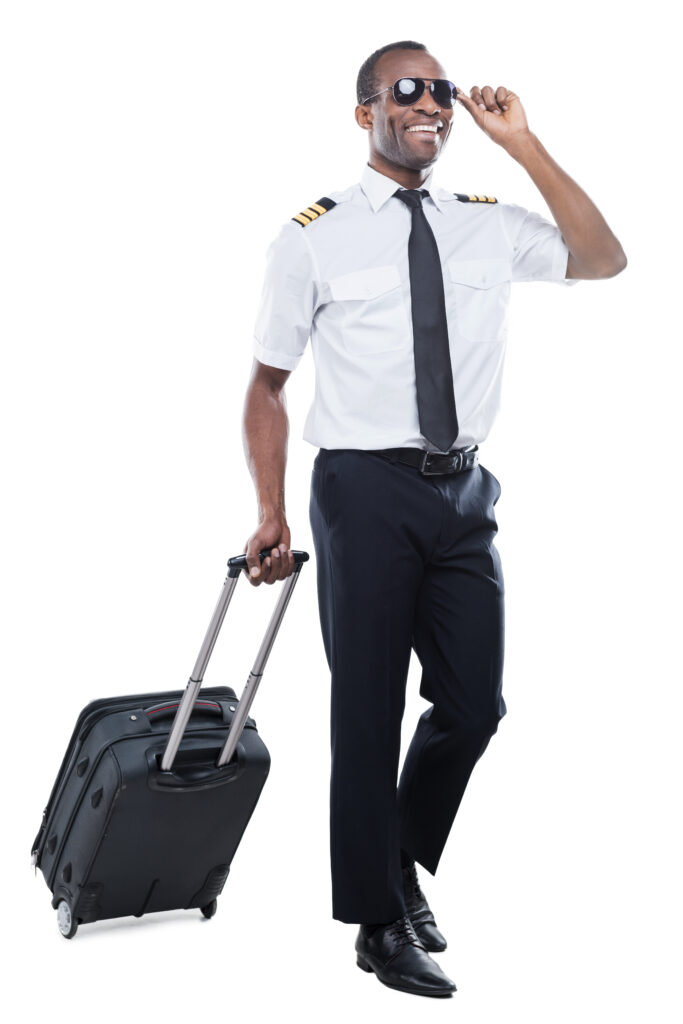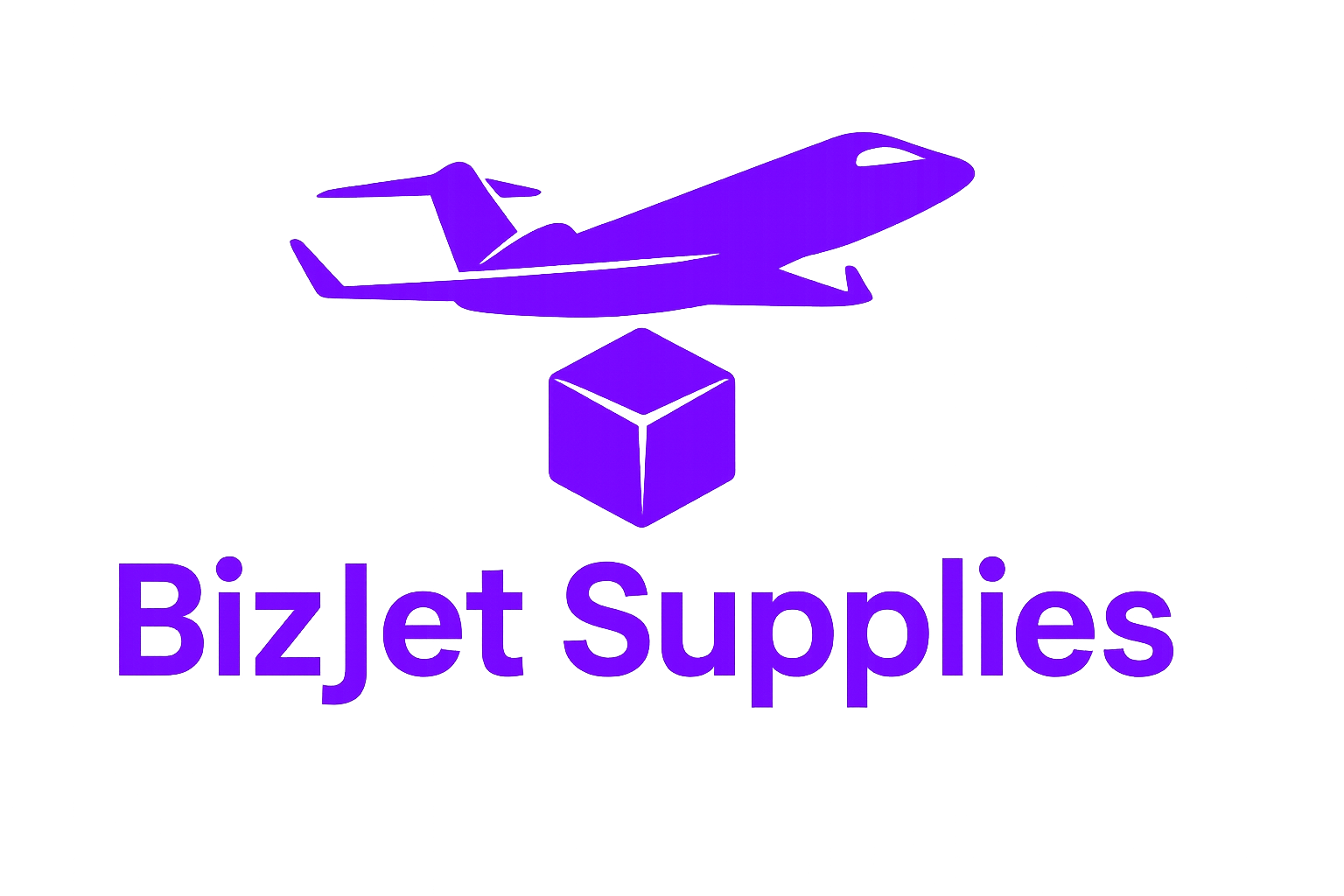Introduction
When it comes to Travel Bags for Flight Crew, picking the right piece of luggage can make or break your work trips. From navigating strict airline baggage rules to juggling uniforms, electronics, and personal items, flight attendants and pilots need gear that’s tough, organized, and—let’s face it—stylish enough to reflect their professional image. In this guide, we’ll cover everything from TSA-compliant carry-on size limits to the top-rated carry-on rollers and backpacks, so you can breeze through the airport and focus on what really matters: providing exceptional service at 35,000 feet.
Selecting the perfect travel bag isn’t just about aesthetics—though looking sharp certainly helps! It’s about finding the right balance between functionality, durability, and compliance. Below, we explore how an ideal flight crew bag enhances your efficiency and eases the unavoidable stresses of life on the road.
Efficiency and Comfort with Travel Bags for Flight Crew
Efficiency is the name of the game when you’re a member of a flight crew. You’ve got tight turnarounds, preflight briefings, and sometimes just minutes to dash through the terminal. A well-designed travel bag acts as your co-pilot, keeping essentials at your fingertips and reducing time spent rummaging through random pockets.
Modern flight crew bags often feature dedicated tech compartments so you can slide in a tablet or phone without fuss. Padded laptop sleeves, quick-access exterior pockets, and RFID-blocking pouches for passports all add layers of convenience. And if you’re hauling a carry-on roller, smooth-rolling wheels and a sturdy telescoping handle can be a lifesaver when you’re sprinting to your next connection.
On the comfort front, adjustable backpack straps with breathable mesh, cushioned grab handles, and even detachable shoulder straps make lugging gear between terminals much less of a workout. Many bags now use ergonomic designs—and lighter materials like ballistic nylon or high-denier polyester—to balance strength with ease of carry. In short, when your bag feels like an extension of you rather than a burden, you’re free to focus on safety checks, customer service, or just grabbing that much-needed coffee before boarding.
Reducing Travel Stress and Packing Anxiety
Let’s be honest: packing for a trip can trigger serious stress, especially when you’re rotating between uniform wear, casual off-duty attire, and sensitive electronics. That’s where an intelligently organized bag shines, turning chaotic pile-ups into streamlined systems.
Look for models with color-coded packing cubes or removable dividers to separate your uniform from shoes, toiletries, and chargers. Compression straps help maximize volume so you can squeeze in extra layers on chilly layovers. Some flight crew–specific totes even include scent-blocking lining to keep clothes fresh after a long stint on standby.
And don’t overlook external quick-grab pockets for last-minute boarding passes, ID badges, or snacks—because nothing amps up travel anxiety like digging through your bag at the gate. By minimizing these daily hassles, a great travel bag not only lightens your load physically but also keeps your mind clear so you can tackle each shift with confidence.
Navigating Airline Regulations
Understanding Airline Baggage Rules for Carry-On Luggage
Every airline has its own carry-on size and weight limits, but most major carriers stick close to the industry standard of 22 × 14 × 9 inches (56 × 36 × 23 cm) and a 7–10 kg (15–22 lb) weight cap. As flight crew, you often enjoy a bit more leeway—but it’s crucial to stay within approved dimensions to avoid gate-checking your prized luggage. Be sure to check not only your home carrier’s policy, but also the rules of any partner airlines or regional affiliates you’ll operate on, since codeshares sometimes impose stricter limits.
For up-to-date federal guidelines on liquids, electronics, and overall carry-on allowances, refer to the TSA Carry-On Guidelines. A quick glance before each trip can save you the headache of repacking at the security line. And if you’re ever in doubt about a new bag’s compliance, measuring it at home—fully packed—ensures no surprises at the gate.
Key Features to Look For in Durable Materials
Durability and Material Quality in Flight Crew Gear
Your bag endures constant handling: check-in counters, luggage belts, overhead bins, and even weather elements during layovers. That’s why high-denier ballistic nylon and polycarbonate shells top the material wish list. Ballistic nylon (often rated 1680 D) resists abrasions and tears, while polycarbonate delivers a rigid yet surprisingly lightweight hard-shell that flexes instead of cracking under pressure.
Beyond the shell, scrutinize zippers and hardware. YKK zippers are virtually the industry standard for snag-free operation, and metal zipper pulls hold up far better than plastic in the long haul. Reinforced corner guards—whether leather, rubber, or thermoplastic elastomer (TPE)—absorb dings that would otherwise fray fabric over time. Finally, waterproof or water-resistant coatings (such as DWR finishes) repel spills and rain, keeping uniforms and electronics dry when you dash between terminals.
Types of Travel Bags for Flight Crew
Carry-On Rolling Bags for Frequent Flyers
Spinner wheels (four-wheel) provide 360° maneuverability, letting you glide beside you rather than drag behind. Inline wheels (two-wheel) tend to be more durable on rough airport floors and are less prone to misalignment. Decide which style suits your typical route: if you weave through crowded lounges and narrow jet bridges, spinners shine. But if you’re in and out of tarmacs or regional tarmacs with textured surfaces, inlines can take more abuse.
Look for telescoping handles with multiple height settings and a robust locking mechanism; wobbly handles can strain your wrist on long sprints. Exterior pockets for laptops, boarding passes, and power banks let you breeze through security without opening the main compartment. And if quick-release straps or a hidden laundry pouch sound handy, you’re already thinking like a seasoned flight attendant.
Backpacks and Duffels as Personal Item Totes
A well-designed personal item tote carries your inflight essentials: headset, tablets, medical kits, and a change of shoes. Backpacks with molded back panels and ventilated mesh straps reduce shoulder fatigue, while duffels with detachable crossbody straps let you switch modes in seconds. Internal organizers—pen loops, badge holders, and zippered mesh pockets—keep small items from vanishing into the abyss.
Bonus points for a dedicated “tech drawer” pocket: these clamshell designs open flat, turning your bag into a mini suitcase for chargers, cables, and in-flight snacks. When security lines move fast, you’ll appreciate not having to fight tangled cords or searching for that elusive USB-C cable.
Packing and Maintenance Tips

Organizing Essentials with Packing Cubes and Compression Straps
Packing cubes are a game-changer: color-code uniforms, casual wear, and workout gear into separate cubes for instant visibility. Compression straps inside your tote can squeeze out air, letting you fit an extra uniform or two without bulging the bag. Roll clothes—rather than folding—to minimize wrinkles and maximize space.
Invest in a slim toiletry kit that meets TSA’s 3-1-1 rule: clear, quart-sized, leak-resistant with labeled compartments. Place it at the top of your bag so it’s the first thing you grab (or the last thing you pack) at security checks—no more frantic digging when the line starts to move.
Cleaning and Repair for Longevity
A little TLC goes a long way. Wipe down hard shells with a damp microfiber cloth and mild soap; let them air dry completely before storage. For fabric bags, use a soft brush to remove dirt, then spot-clean with a gentle detergent. Reapply a DWR spray annually to maintain water resistance.
Zippers can be kept smooth with an occasional rub of paraffin wax or a specialized zipper lubricant. If you notice loose threads or minor tears, repair them promptly with a heavy-duty needle and nylon thread or take advantage of manufacturer repair services—many premium brands offer lifetime warranties or low-cost fixes.
Frequently Asked Questions
- What is the maximum carry-on size for flight crew?
Most carriers allow up to 22 × 14 × 9 inches, but policies vary. Always check your airline’s official website before departure. - Can I bring both a carry-on roller and a personal item tote?
Yes—flight crew typically have the same two-item allowance as passengers: one carry-on plus one personal item like a backpack or duffel. - How do I keep my flight bag smelling fresh after long trips?
Use scent-blocking packing cubes or cedar sachets, and air out your bag on a rack as soon as possible. - Hard-shell or softside luggage—which is better for flight crew?
Hard-shell protects fragile gear but can scuff easily; softside offers exterior pockets and expandability. Choose based on your priorities. - How often should I deep-clean my travel bag?
Aim for a deep clean every 3–6 months, depending on usage and layover conditions. - Are there special warranties for flight crew luggage?
Many premium brands (e.g., Briggs & Riley, Tumi) offer lifetime or limited warranties that cover manufacturing defects and repairs.
Conclusion
Choosing the right Travel Bags for Flight Crew means balancing airline compliance, durability, and organization—so you can move swiftly through airports and focus on your in-flight duties. From spinner strongholds like the Tumi Alpha 3 to rugged AWD designs from Eagle Creek, there’s a perfect bag for every crew member’s style and schedule. Remember to pack smart, maintain your gear regularly, and lean on those lifetime warranties when life on the tarmac takes its toll. Your next shift just got a whole lot smoother—happy travels!






